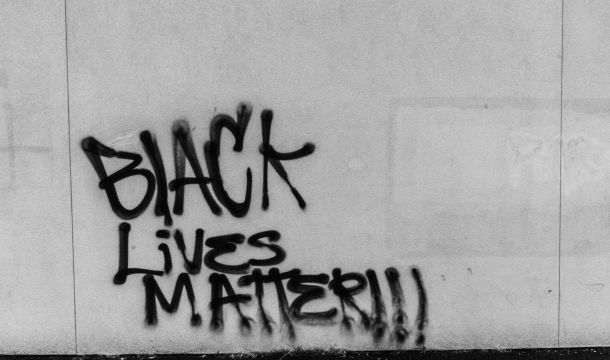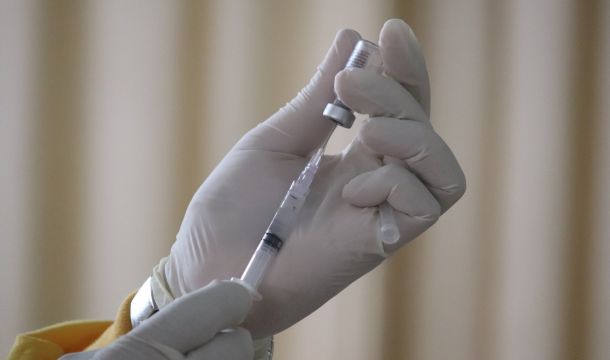Biden Issues Executive Order Attempting to Require Covid Vaccination & Testing
In what many consider President Biden's most bold move regarding COVID-19, he issued an Executive Order on September 9, 2021 in an effort to require that federal employees, federal contractors, and large employers of 100 or more employees require their employees to be vaccinated. The Executive Order is unprecedented as never before has the government issued a mandate requiring employees to submit to a vaccination or weekly medical testing or risk severe disciplinary action, including termination. The Executive Order also contemplates requiring covered employers to provide paid time off for employees to get vaccinated and recover from the vaccination.
The contractor portion includes those that provide services to the federal government. The Executive Order does not apply to businesses with contracts valued below the "simplified acquisition threshold" which is generally set at $250,000.00; grant holders; and subcontractors that provide only products.
The Executive Order must be implemented by a relatively unusual procedure, an Emergency Temporary Standard (ETS). Such standards are only valid for a period up to six months, then either would expire or be extended by a permanent standard. The concept of such a standard is that the Occupational Safety and Health Administration (OSHA) has determined that COVID-19 presents a grave danger to all covered workplaces, and that the ETS is necessary. While the Administration states that such a standard will be promulgated in the "coming weeks," the last related standard related to healthcare workers took 12 weeks. There will likely thereafter be a break-in period, perhaps six weeks, for which covered employers must comply, on penalty of fines just like every other OSHA standard, up to $14,000.00 per violation for serious offenses.
There are numerous unanswered questions concerning what the ETS will provide. For example, it is not certain whether the standard applies to 100 employees of a given location or 100 employees company-wide. It is uncertain whether employers will be required to pay for the testing for those employees refusing vaccination. It is not certain what type of test will be required or how employers are required to verify vaccination status. There will be some exceptions to the ETS, and it assumes that exceptions must be allowed for medical and religious reasons. It may be that employers will become overwhelmed with exemption requests, but it is likely that an employee's opposition to vaccines will be deemed a personal belief and will not be considered a religion. It would seem likely that there must be a sincerely held religious belief in order to be exempt from a mandatory vaccination policy.
It is certainly possible that the ETS will go beyond the requirements set forth therein, and it is highly likely that there will be a serious legal challenge to the validity of the ETS. Never before has OSHA required employees to be vaccinated. Until the ETS has been drafted, circulated, and adopted, there is no enforceable mandate requiring any employer to take any action under the September 9, 2021 Executive Order.
The Executive Order represents a tougher position on the part of the Administration, as President Biden in the past only encouraged employers to mandate vaccination against COVID-19. Some believe the recent actions are to provide "cover" or encouragement for employers to mandate such vaccination.
The President's Executive Order for federal workers goes further than requirements previously announced on July 29, 2021, which included an option for on-site federal contractors to choose testing instead of vaccination. Now the Executive Order mandates vaccines for contractors. It will call for the new requirement to be in place for contracts entered into on or after October 15, 2021 and will apply to any workplace location "in which an individual is working on or in connection with a federal government contract or contract-like instrument." There are some exceptions to the government contractor requirement including for those who only sell products to the federal government.
In terms of enforcement, the ETS could cover more than 80 million workers, suggesting that policing employer compliance will be a problem. It is likely that OSHA will rely on whistle-blowers and target specific industries.
While employers can begin making plans for meeting the requirements, so many details remain to be covered by the ETS, it is difficult to make plans too definitive. Questions are welcome as to "guesstimates" what the ETS will look like.
This is part of our October 2021 Newsletter.
Click here to download the newsletter PDF
Related Content
Get Email Updates
Recent Content

NLRB to Seek Rescission of past Discipline Imposed under Overbroad Employer Work Rules

Do Drive Cam Cameras inside Trucks Violate Employee Rights?

Amazon Considers Risk When Investigating Employee Misconduct

Latest NLRB Attack Goes beyond Non-Compete Agreements to Reach Outside Employment

NLRB Board Addresses BLM Insignia at Work




